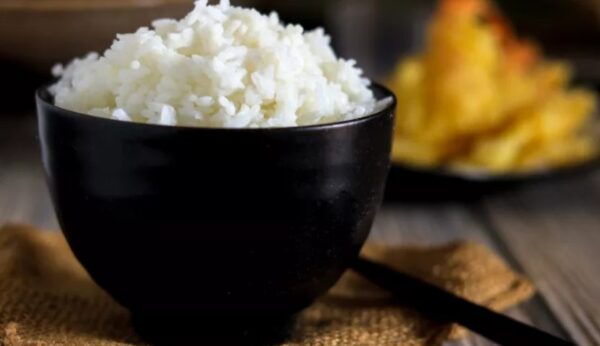45 Views

Rice is one of the staple foods in various cuisines, including its versatility and ease of preparation, but reheating does come with its hazards.
Improper handling of cooked rice can be a serious affair when it comes to food safety concerns. Here are 6 reasons why one should not reheat rice.
1. Risk of Bacillus cereus contamination
Cooked rice is vulnerable to a bacterium known as Bacillus cereus. These bacteria enter spores, which do not die from the cooking process. When the cooked rice is left at room temperature, the spores multiply and create toxins. The toxins are not killed by reheating. This means that its infection will lead to nausea, vomiting, and diarrhea with a high risk of food poisoning.
2. Nutrient loss
Reheating causes a loss in essential nutrients. Vitamin and mineral depletion occurs as a result of repeatedly exposing it to heat, making the nutritional value less when taken into the body. This is a disadvantage to people who solely depend on rice for carbohydrates and energy.
3. Loss of texture and taste
Often, reheating will alter the texture and taste of rice. It can become dry, hard, or mushy. The flavor of the rice will also not be as enjoyable as freshly cooked rice. Sometimes, off-flavors that had been masked during improper storage become magnified by reheating. This makes your meal less enjoyable.
4. Uneven heating
Rice tends to heat unevenly, especially in a microwave. Uneven heating can lead to some parts of the rice becoming too hot, while other parts remain cold. Cooler parts may still contain bacteria or toxins, leading to foodborne illness.
5. Higher chance of spoilage
Cooked rice should be kept in the right manner to avoid spoilage. If rice is left at room temperature for a long time, bacteria can multiply very fast. Even reheating cannot reverse the spoilage that has already occurred, making the rice unsafe to eat.
6. Overproduction of starch
Reheating rice can cause starch to recrystallize, making it harder to digest. This may result in bloating, gas, or discomfort after consumption. The starch transformation during reheating also impacts the glycemic index of the rice, which can cause a blood sugar level spike.
Safe consumption of rice tips
If you still want to reheat rice, here are some precautions you can take to minimize risks:
Store rice properly: Cooked rice should be refrigerated within one hour of preparation. Do not reheat rice more than once.
Heat it well: Make sure the rice is steaming hot throughout before consumption.
Consume immediately: Do not leave reheated rice at room temperature for long periods.
Consume immediately: Do not leave reheated rice at room temperature for long periods.
Even though rice is one of the most versatile and important things in the diets of most people, its reheating process can be hazardous if not prepared as it should be. Bacterial contamination, loss of nutrients, and other digestive issues place a high need to reconsider reheating rice. By knowing these risks, you can always enjoy rice dishes with proper storage and reheating techniques.
Prioritize food safety and ensure that every meal is as healthy and enjoyable as possible.
